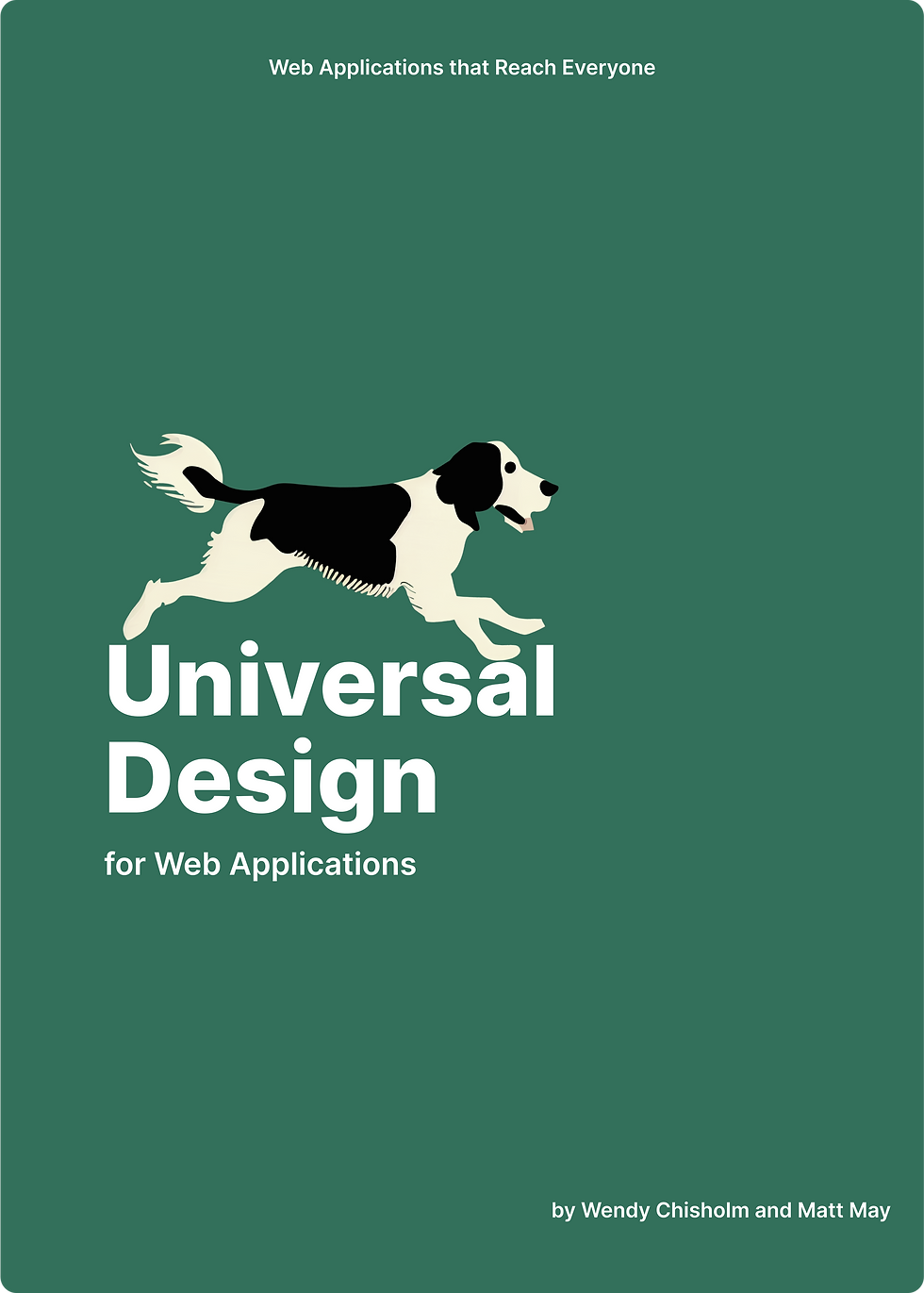Ensure keyboard accessibility
Provide alternatives
Use responsive design
Use clear and consistent navigation
Design for diverse users
About the author
Summary
Allow users to navigate through the application using only the keyboard, without requiring a mouse.
Why it's important: Keyboard accessibility is crucial for users who cannot use a mouse, including users with disabilities and users who prefer using keyboard shortcuts.
How to implement it: Make sure all interactive elements (links, buttons, form fields, etc.) can be accessed using the keyboard alone. Test the application's keyboard accessibility using a keyboard-only navigation tool.
By following these key ideas and implementing the corresponding examples and tips, developers can create web applications that are more accessible, inclusive, and user-friendly for everyone.
Provide alt text for images, captions for videos, and transcripts for audio content.
Why it's important: Users who are visually impaired, deaf, or hard of hearing rely on alternative content to access and understand the content of the web application.
How to implement it: Use the alt attribute in the image tag to provide a concise, accurate description of the image. Use captions and transcripts for videos and audio content.
Design a web application that works on different devices and screen sizes.
Why it's important: Responsive design ensures that users can access and use the web application on a variety of devices, including smartphones, tablets, and desktop computers.
How to implement it: Use a responsive design framework such as Bootstrap or Foundation to create a flexible and adaptable design. Use media queries to adjust the layout and content of the application based on the device and screen size.
Provide clear labels for navigation links, using consistent navigation throughout the application, and using visual cues to indicate the user's location in the application.
Why it's important: Clear and consistent navigation helps users understand the structure and content of the application, and makes it easier for them to find what they're looking for.
How to implement it: Use meaningful labels for navigation links, and organize them in a logical and consistent manner. Use visual cues such as breadcrumbs, active states, and highlighted links to indicate the user's location in the application.
Users with disabilities, users with limited internet connectivity, users who speak different languages, and users with different cultural backgrounds.
Why it's important: Designing for diverse users ensures that everyone can access and use the web application. It also helps create a more inclusive environment that respects and values individual differences.
How to implement it: Conduct user research to identify the needs and preferences of diverse users. Use personas and scenarios to guide design decisions.
Use clear and consistent navigation
Use clear and consistent navigation
Design for diverse users
Use responsive design
Who is it for?
.png)
Design for diverse users
Universal Design for Web Applications emphasizes the importance of designing web applications that are accessible to all users, regardless of their abilities or disabilities. It provides practical tips for designing web applications that are flexible and adaptable, such as using semantic HTML, providing clear and consistent navigation, and ensuring that all interactive elements are accessible via keyboard, mouse, and touch. The authors also discuss the benefits of universal design, such as increased usability and marketability, and provide examples of successful universal design implementations.
Wendy Chisholm is an expert in universal design, with extensive experience as a consultant, developer, author, and speaker. She played a key role in the development of the Web Content Accessibility Guidelines 1.0 (WCAG 1.0) as co-editor and worked at the World Wide Web Consortium. Wendy now resides in Seattle, WA, and provides consultation services to companies such as Microsoft, Adobe, and Google, where she integrates universal design concepts into their tools and technologies. In addition, Wendy is a part-time staff member at the University of Washington, where she continues to research and develop universal design.
Matt May is a developer, technologist, and accessibility advocate who works to address accessibility in Adobe products. He collaborates with internal teams and customers to ensure interoperability with assistive technologies and promote awareness of existing accessibility features in Adobe products. Prior to joining Adobe, Matt worked at W3C/WAI on web accessibility standards, led the Accessibility Task Force of the Web Standards Project, and co-founded Blue Flavor, a renowned web and mobile design consultancy. Matt also contributed to the development of one of the first online grocery sites, HomeGrocer.com.
Use responsive design
Ensure keyboard accessibility
Provide alternatives
Ensure keyboard accessibility
Provide alternatives
Wendy Chisholm and Matt May
Universal Design for Web Applications
Product design, Accessibility
